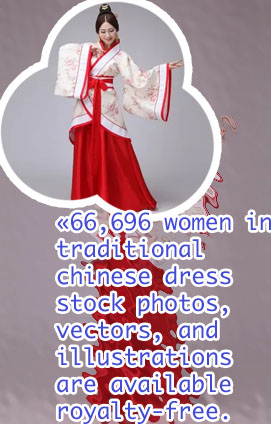Traditional female chinese clothing

5) Hanbok
Traditional chinese clothing female
From 1949 to the 1970s, the qipao suffered a decline in popularity, as it was seen as antiquated and indicative of bygone Chinese traditions that were halting progress and modernization. People favored more practical and Westernized workwear such as jackets and trousers. During the Cultural Revolution, many tailors fled to Hong Kong, where their traditional Chinese silhouettes fused with Westernized trends and patterns. 6) Kimono In addition to the tiny shoes worn by women with bound feet, clothing during this time was still very traditional. The women in this photograph are wearing traditional, loose-fitting Chinese jackets with wide sleeves (ao) and trousers. Towards the end of the Qing Dynasty, trousers had replaced skirts in popularity among the commoners.

About this item
Chinese female traditional dress
These garments were very traditional in China. Children’s garments replicated the prevailing fabric cut and design of adults, but the colors were much brighter. Most of a child’s wardrobe was made at home. 2. Qipao (Cheongsam) — the Most Famous Traditional Chinese Dress The origins of clothing manufacture in China are over 1.7 million years old. In the stone age clothes consisted of animal pelts and stones, and It wasn’t until the beginning of the Shang Dynasty (1600-1046 BCE) that Chinese fashion – as we know it today – started to take shape.